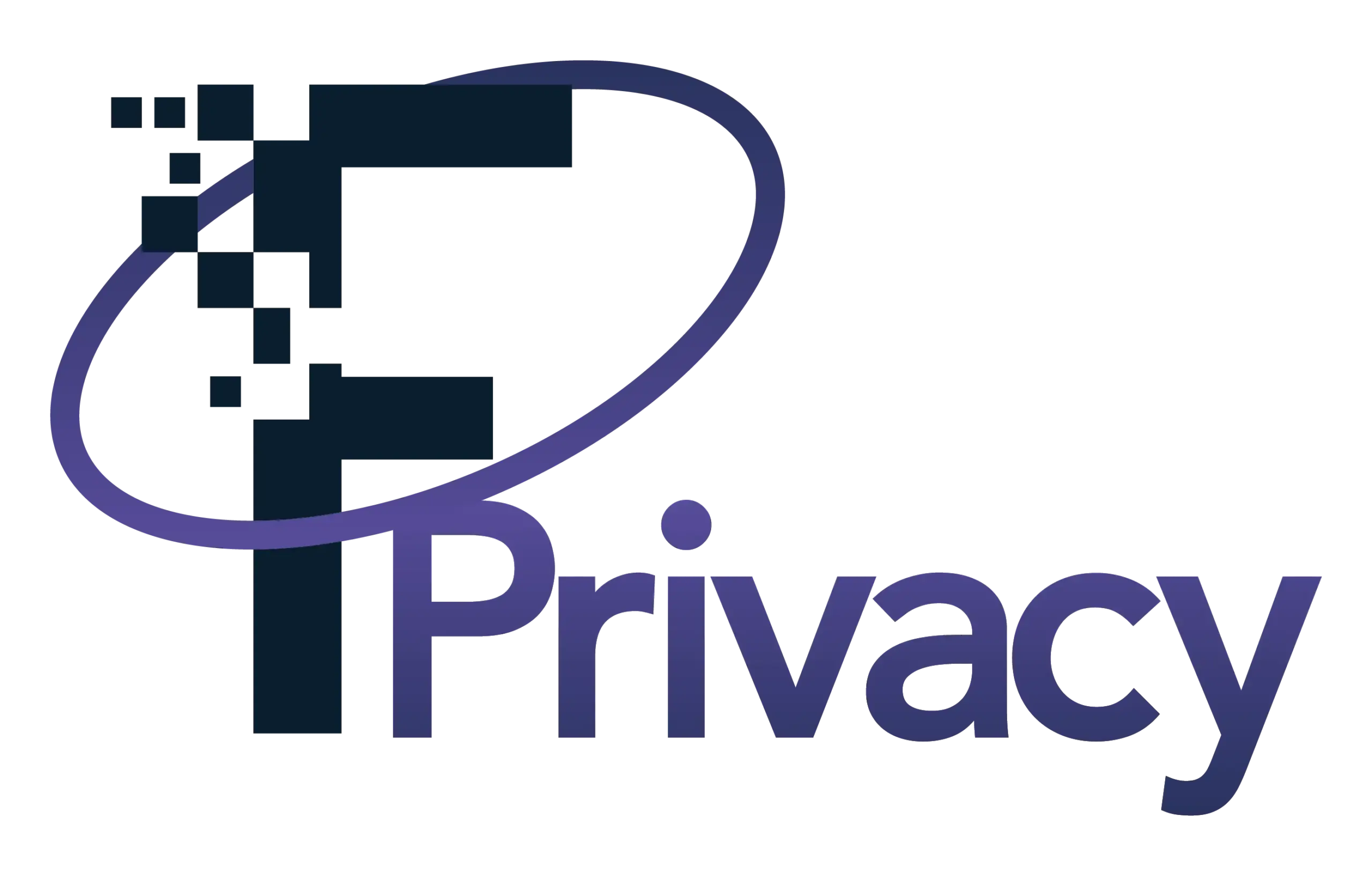Introduction
As the holiday season approaches, a festive atmosphere envelops the workplace, but it’s also a time when threat actors become particularly active, targeting employees with sophisticated phishing scams. Phishing emails, disguised as holiday promotions or greetings, can be a gateway for cybercriminals to infiltrate company networks. Understanding what phishing emails are, recognising the signs, and implementing preventive measures are crucial in protecting personal and customer data. In our latest article, Preventing Holiday Phishing Attacks in the Workplace: Protecting Your Company’s Data, we delve into the details to help organisations prepare for high-risk phishing email attacks around Holiday times.
Understanding Phishing Emails
Phishing is a cyberattack where the attacker masquerades as a trusted entity to dupe individuals into providing sensitive data, such as login credentials and financial information. These emails may be disguised as gift cards, discounts, or charity appeals during the holidays.
Recognising Phishing Emails
- Suspicious Sender Information: Verify the sender’s email address. Phishing attempts often come from email addresses that mimic legitimate ones with slight variations.
- Urgent or Too-Good-To-Be-True Offers: Be wary of emails creating a sense of urgency or offering unrealistic deals.
- Generic Greetings: Phishing emails often use generic greetings like “Dear Customer” instead of personalised ones.
- Spelling and Grammar Mistakes: Professional emails typically don’t have glaring spelling or grammatical errors.
- Suspicious Links or Attachments: Hover over links to check their destination before clicking. Please just avoid opening attachments from unknown senders.
The Dangers of Clicking Suspicious Links
Clicking links in phishing emails can lead to malicious websites that steal personal information. It can also result in the download of malware, giving attackers access to your system and sensitive company data.
Raising Awareness Among Employees
- Regular Training: Conduct training sessions to educate employees about the latest phishing techniques and preventive practices.
- Simulated Phishing Tests: Test employees’ awareness by sending fake phishing emails and providing feedback on their responses.
- Clear Reporting Procedures: Establish a protocol for reporting suspicious emails and ensure employees are familiar with it.
- Updating Security Systems: Ensure that all cybersecurity software is up-to-date to provide additional protection.
- Promote a Culture of Security: Encourage open discussions about cybersecurity and emphasise that it’s a collective responsibility.
Protecting Personal and Customer Data
- Two-Factor Authentication (2FA): Implement 2FA for an additional security layer.
- Regular Password Changes: Encourage employees to change and use strong, unique passwords regularly.
- Secure Customer Data: Regularly review and reinforce the security measures protecting customer data.
- Backup Data: Regularly backup data to prevent loss in a breach.
In conclusion, the holiday season is a time for joy but also vigilance. By educating employees about the dangers of phishing and implementing robust cybersecurity measures, companies can protect themselves against these heightened threats. Let’s ensure this festive season is not only merry but also secure.

